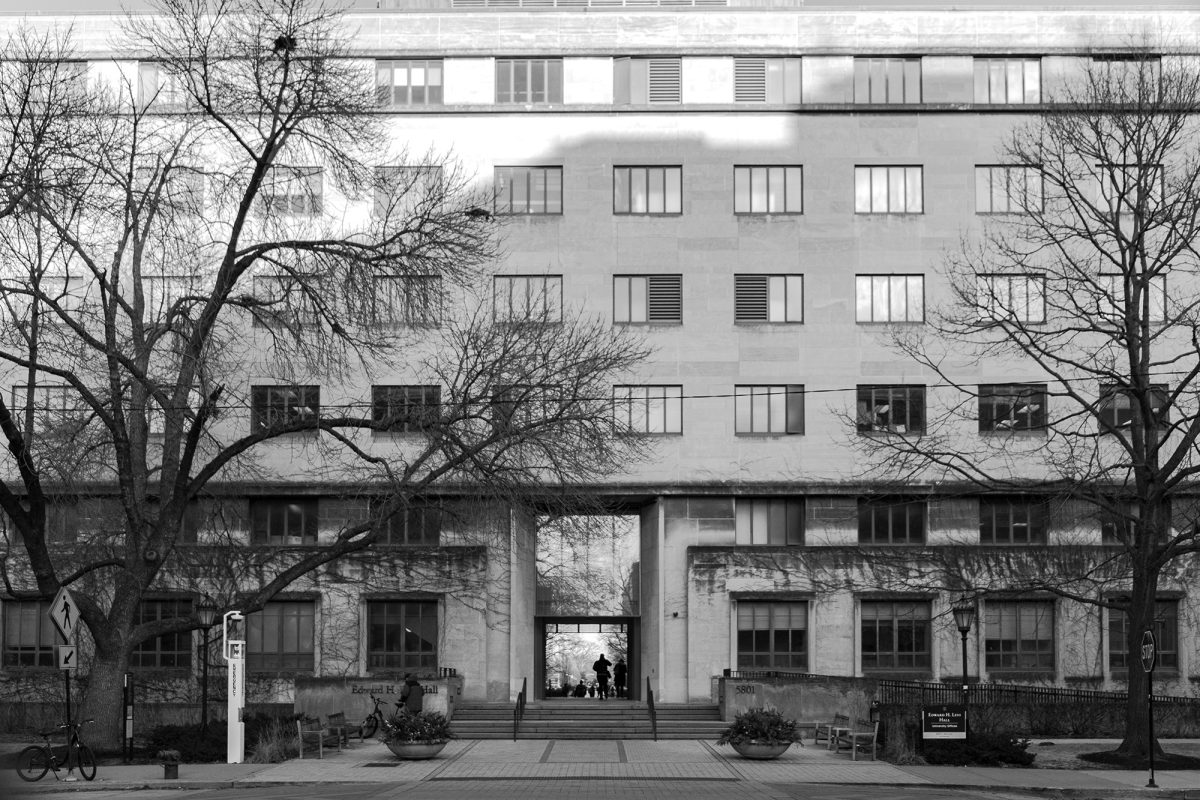The Office of the University Registrar and IT Services recently announced that, beginning April 22, MyUChicago will permanently replace cMore as the primary portal through which students can access their information online. Since cMore’s launch in 2005, students have been able to use the site to easily edit basic personal information—such as insurance details and relevant addresses—as well as to view grade reports and financial information. MyUChicago will retain all of these important functions while featuring many more, though, unfortunately for students, it seems to do so at the cost of simplicity and ease of use. While the University should be lauded for what has thus far been a smooth migration to an admittedly more integrated student portal, it should do more to ensure that students are aware of its capabilities and how it can be customized for optimal use.
The migration to MyUChicago is beneficial for two main reasons. For one, students access the site through the Shibboleth authentication service, a sign-on system that is used commonly across University Web sites, such as Chicago Career Connection and the Classes Web site. The service is single sign-on, which means that students are able to log in just once and have access to all Shibboleth-enabled sites in a single browsing session. MyUChicago also incorporates a huge variety of features, making it a centralized “one-stop shop” for students’ informational needs. The site is designed around portlets, which are customizable boxes that enable students to access everything that’s long been available on cMore, as well as things like campus bus and shuttle tracking, UChicago Marketplace, and hours and basic search tools for campus libraries.
An unfortunate downside to all of this added functionality and interfacial complexity is that MyUChicago can run quite slowly. Its Javascript-laden portlets take noticeably longer to load than cMore’s basic HTML interface, which will no doubt frustrate some students. One of cMore’s main flaws is that it was limited in the scope of information it provided and thus sometimes required students to waste time navigating between various sites. MyUChicago resolves the scope issue, but remains lacking in terms of speed and therefore convenience. After all, for busy students, the convenience of any process is ultimately always going to come down to how long it takes them. MyUChicago’s frustrating slowness indeed leaves one wondering whether a feature-heavy, and consequently data-intensive, “one-stop shop” model is really the best way forward.
However, given that the path forward has already been decided, students should know all the ways that they can customize MyUChicago—namely, the ways that they can minimize or even close those portlets that add more bloat than utility. To its credit, in the e-mail announcing the date of cMore’s deactivation, IT Services linked to guides to using MyUChicago’s portlets and to locating equivalents to cMore’s particular functionalities on MyUChicago. Students should use these guides to their advantage in retooling their individual MyUChicago portals to run optimally, but the guides should first be made more visible: The e-mail in which they were first provided to students was sent out on March 21, right in the midst of finals week—a chaotic time for most, when few minds are concerned with University Web site overhauls. IT Services should place an information box on cMore that links not only to MyUChicago, but also to the portlet and cMore comparison guides they’ve already prepared. They should also use the next few weeks leading up to April 22 to repeatedly redistribute and better advertise these guides so that students can best take advantage of this new service.
While it is unlikely that students gave cMore much thought while it was available, its simplicity is of the precise sort that is missed only when it’s gone. With the introduction of MyUChicago, students will likely begin to miss cMore’s quickness, but such frustration can be mitigated somewhat if steps are taken in the coming weeks to ensure that students know their way around the new portal. While MyUChicago has enormous promise and resolves some of cMore’s inconveniences, IT Services and the registrar must first do more to inform students how the site’s potential can be realized.
The Editorial Board consists of the Editors-in-Chief and the Viewpoints Editors.








